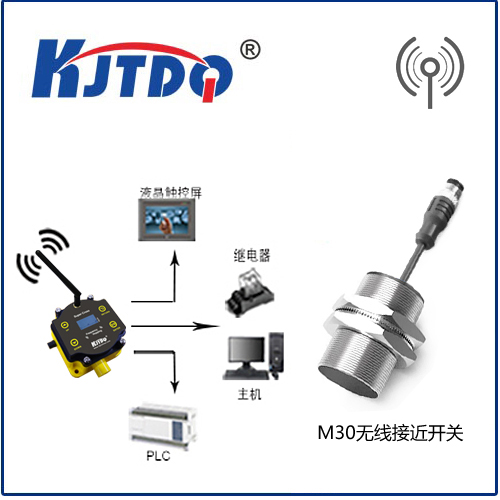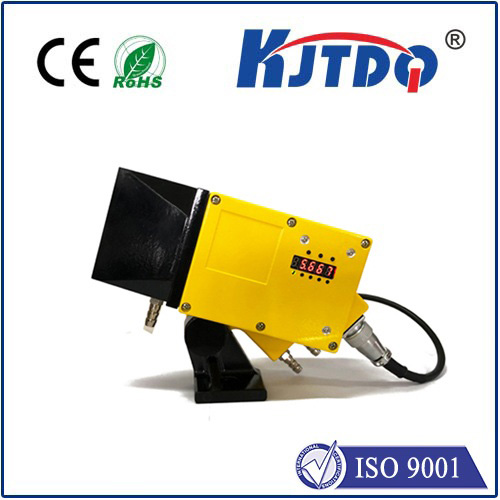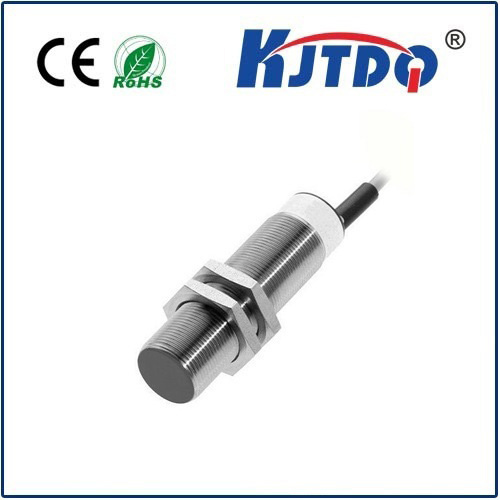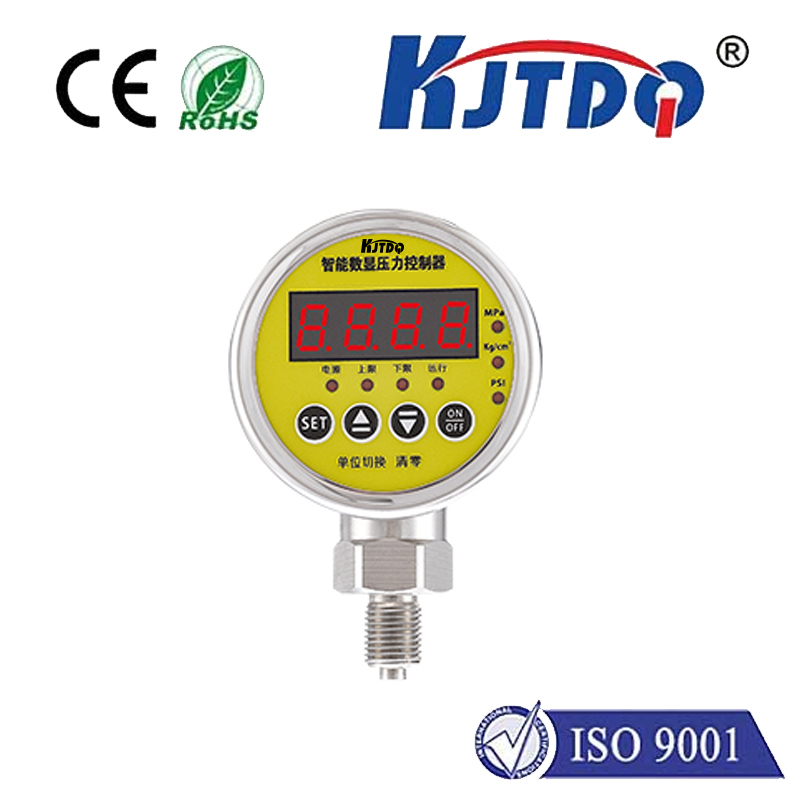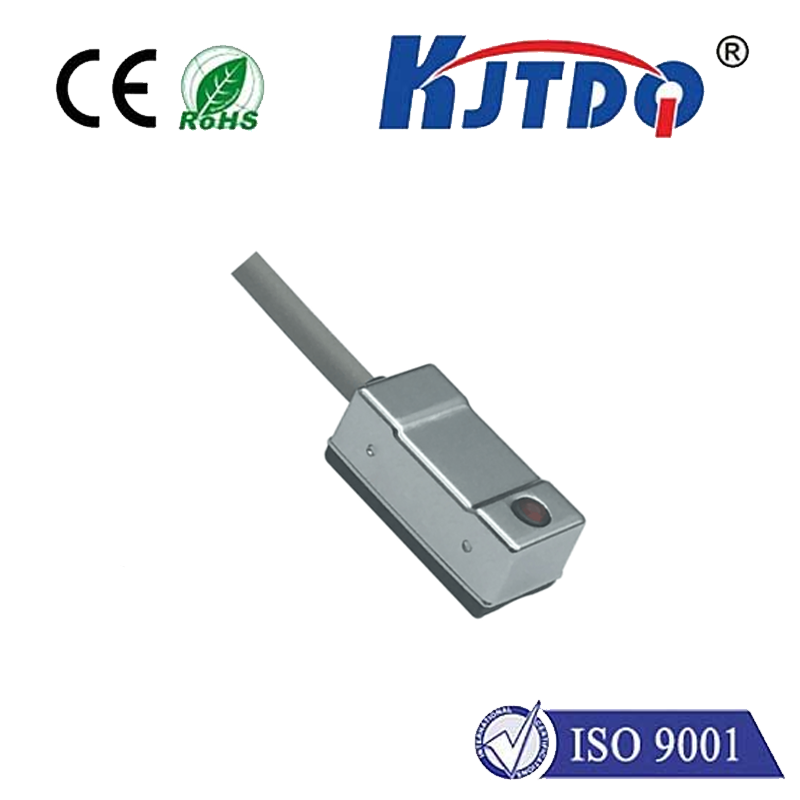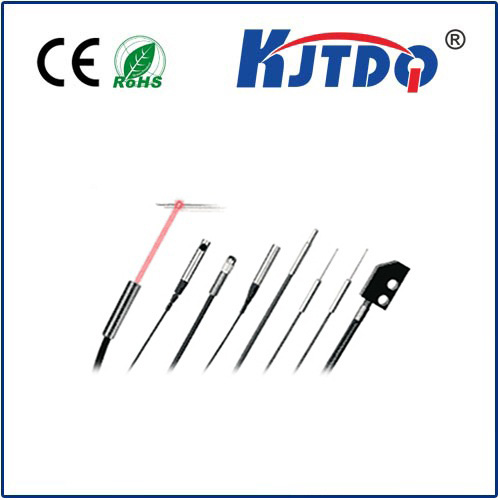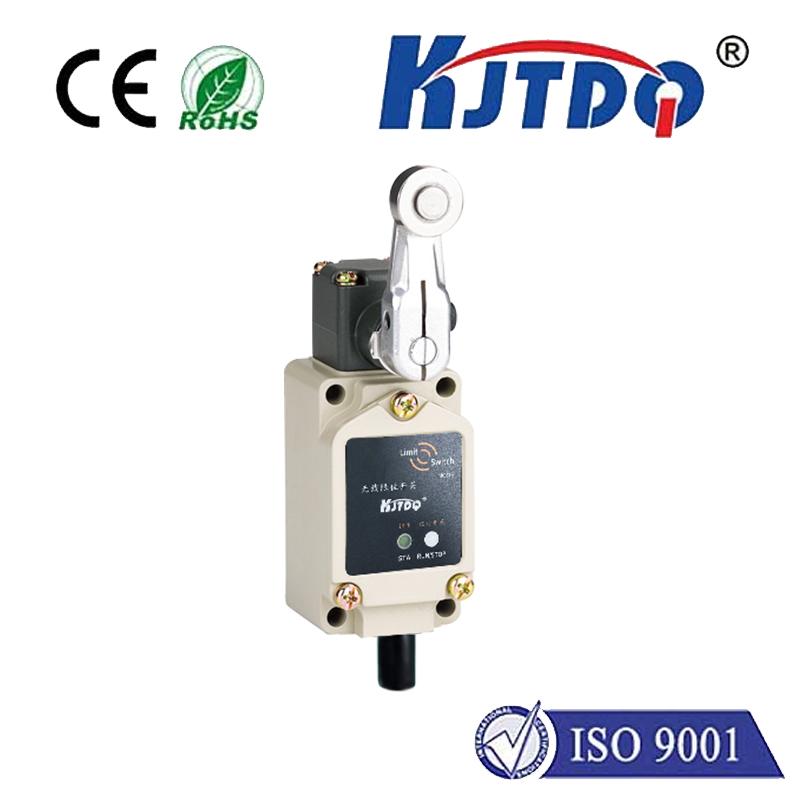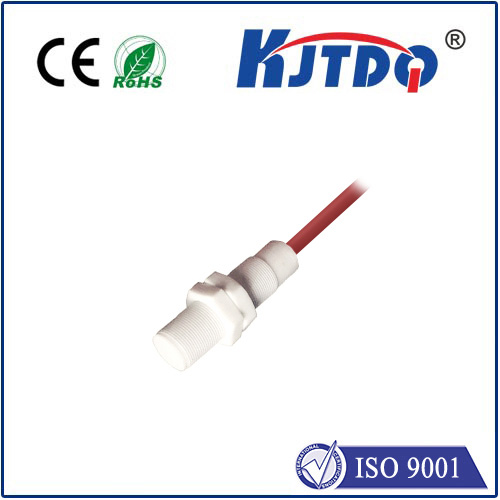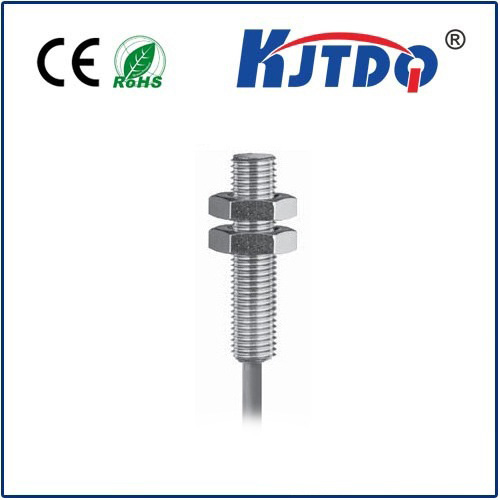In today’s rapidly evolving industrial landscape, the need for precise, reliable, and efficient automation tools is paramount. One such indispensable tool in this arena is the industrial proximity sensor. This device plays a critical role in ensuring seamless operations across various industries by detecting the presence or absence of objects without physical contact. In this article, we delve into the intricacies of industrial proximity sensors, exploring their types, applications, benefits, and key considerations for selection.
An industrial proximity sensor, also known as a proximity switch or proximity detector, is an electronic device designed to sense objects within a specific range without any physical contact. It operates based on principles like electromagnetic fields, capacitive coupling, or optical reflection, among others. These sensors are widely used to control machinery, automate processes, and enhance safety protocols.
There are mainly three types of proximity sensors commonly used in industrial settings:
Inductive Proximity Sensors: Utilizing electromagnetic fields generated by AC current, these sensors detect ferrous metal objects. They are robust, cost-effective, and ideal for applications requiring long sensing distances.
Capacitive Proximity Sensors: Based on the change in capacitance caused by the target object’s presence, these sensors can detect almost any material, including metals, plastics, liquids, and powders. They are highly versatile and suitable for environments with high dust or dirt accumulation.
Photoelectric Proximity Sensors: Also known as optical sensors, they work on the principle of light reflection. A beam of light is emitted towards a target, and when it reflects back, the sensor detects the object. These sensors are excellent for detecting transparent, translucent, or reflective materials and are often used in packaging and food processing industries.
The versatility of industrial proximity sensors makes them applicable across diverse sectors such as:
Automotive: In manufacturing plants, they monitor conveyor belts, assembly lines, and robotic arms.

Packaging: Ensures products are correctly aligned, counted, and packaged.
Система отопления и кондиционирования воздуха: Controls fan speeds and airflow based on environmental conditions.
Перевозка материалов: Optimizes storage retrieval systems by accurately positioning goods.
Food & Beverage: Maintains hygiene standards by monitoring filling levels, label placement, and container integrity.
Non-contact Operation: Eliminates wear and tear, extending the lifespan of both the sensor and the target object.
Высокая точность и надежность: Assures precise detection even in harsh environments, enhancing process control.
Многогранный.: Can be customized to fit specific application requirements, including size, shape, and sensing distance.
Safety Enhancement: By detecting foreign objects or obstructions, they prevent accidents and equipment damage.
Choosing the appropriate industrial proximity sensor involves assessing several factors:
Sensing Range: Determine the maximum distance at which the sensor needs to detect objects.
Material Compatibility: Ensure the sensor type matches the material properties of your targets.
Environmental Conditions: Consider factors like temperature extremes, dust, moisture, and chemical exposure.
Тип экспорта: Choose between digital (binary) or analog output depending on integration needs.
Mounting Options: Evaluate if flush, cylindrical, or specialized mounting configurations suit your installation best.
Industrial proximity sensors have revolutionized automation by introducing non-intrusive detection methods that enhance operational efficiency, accuracy, and safety across numerous industries. Understanding their types, applications, benefits, and selection criteria empowers professionals to make informed decisions that align with their specific automation requirements. As technology continues to advance, we can expect even more sophisticated proximity sensor solutions to emerge, further transforming the industrial landscape.
